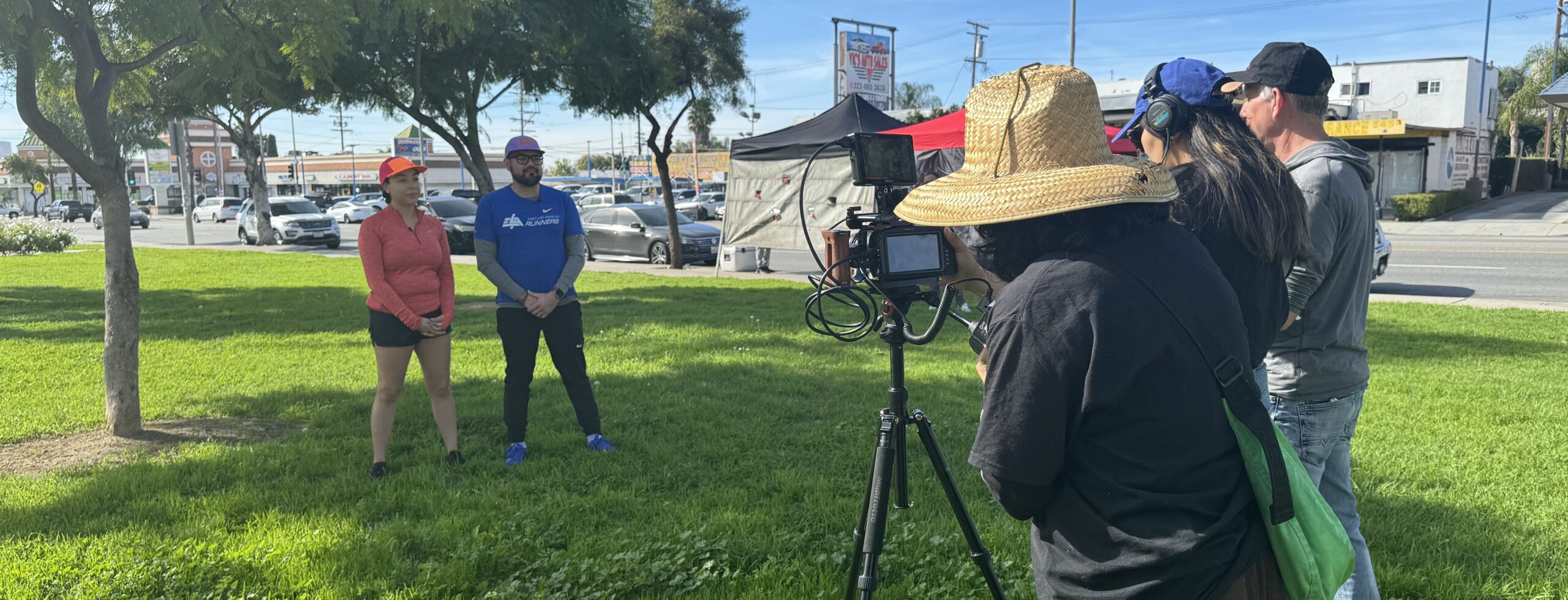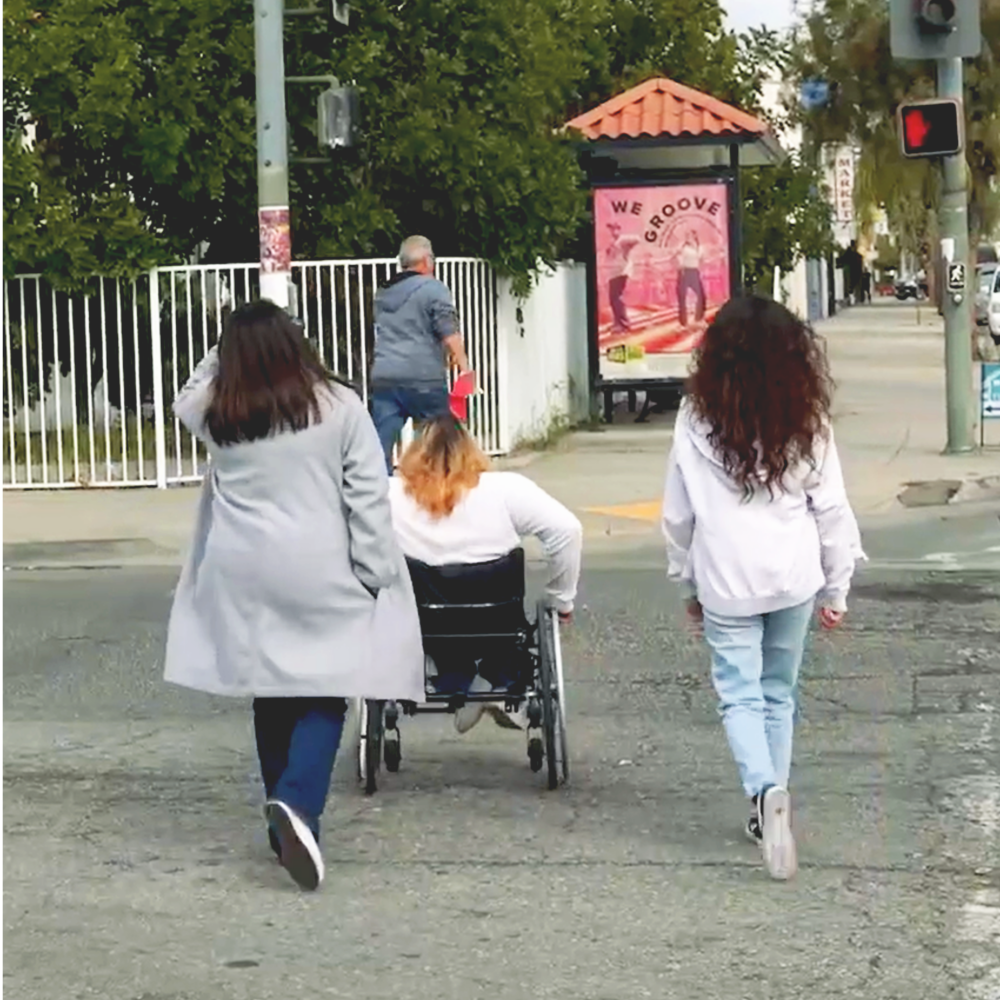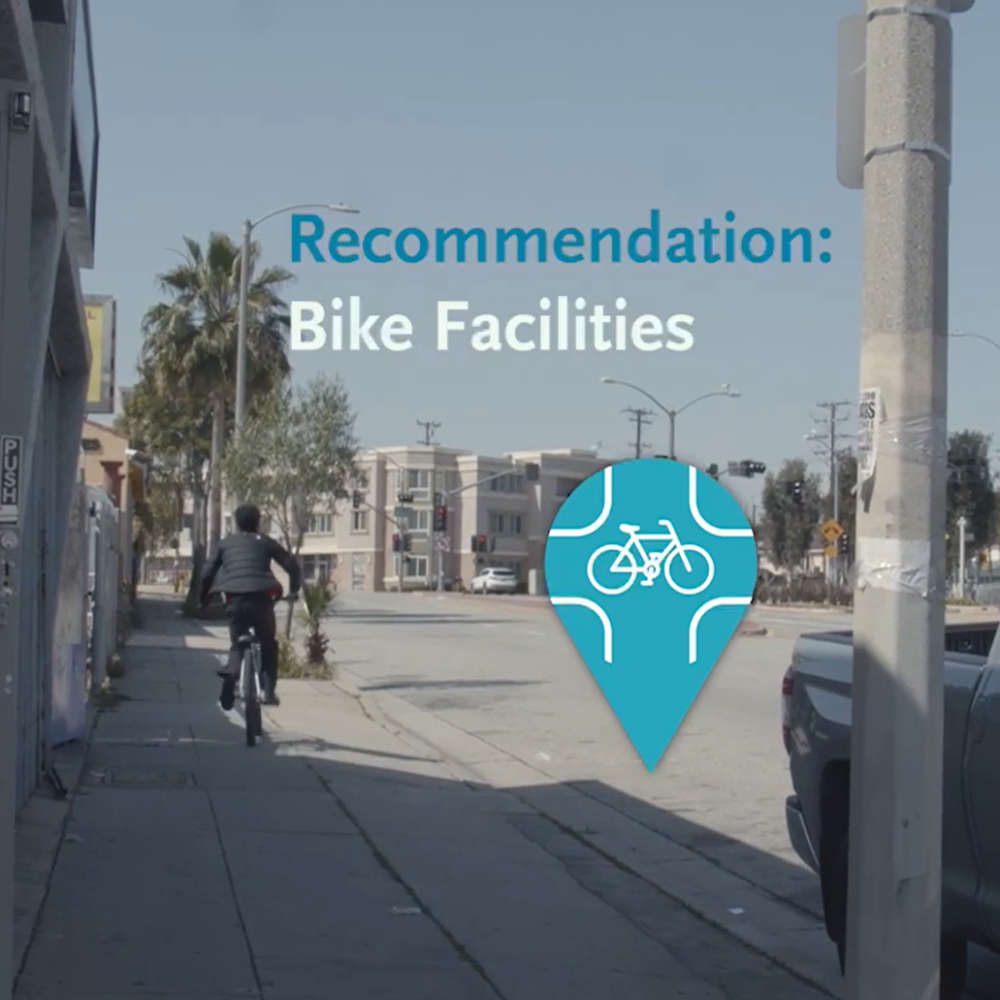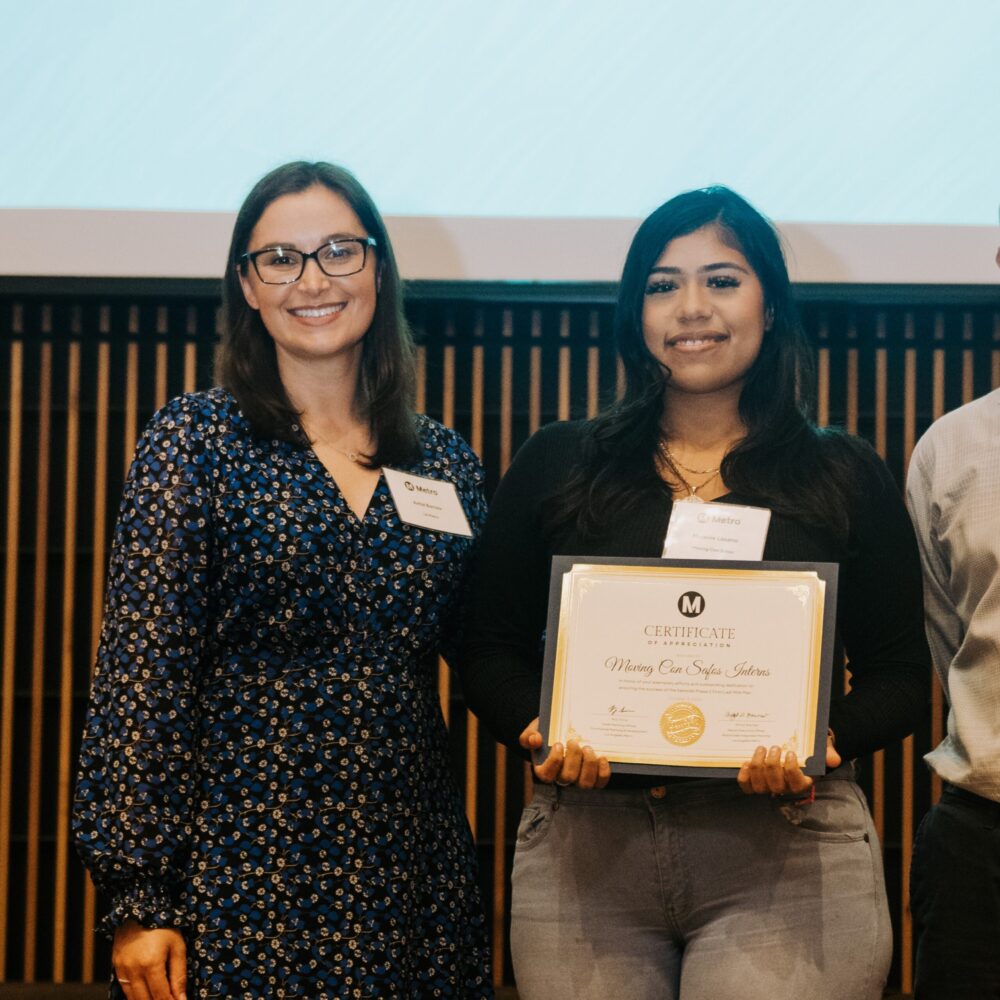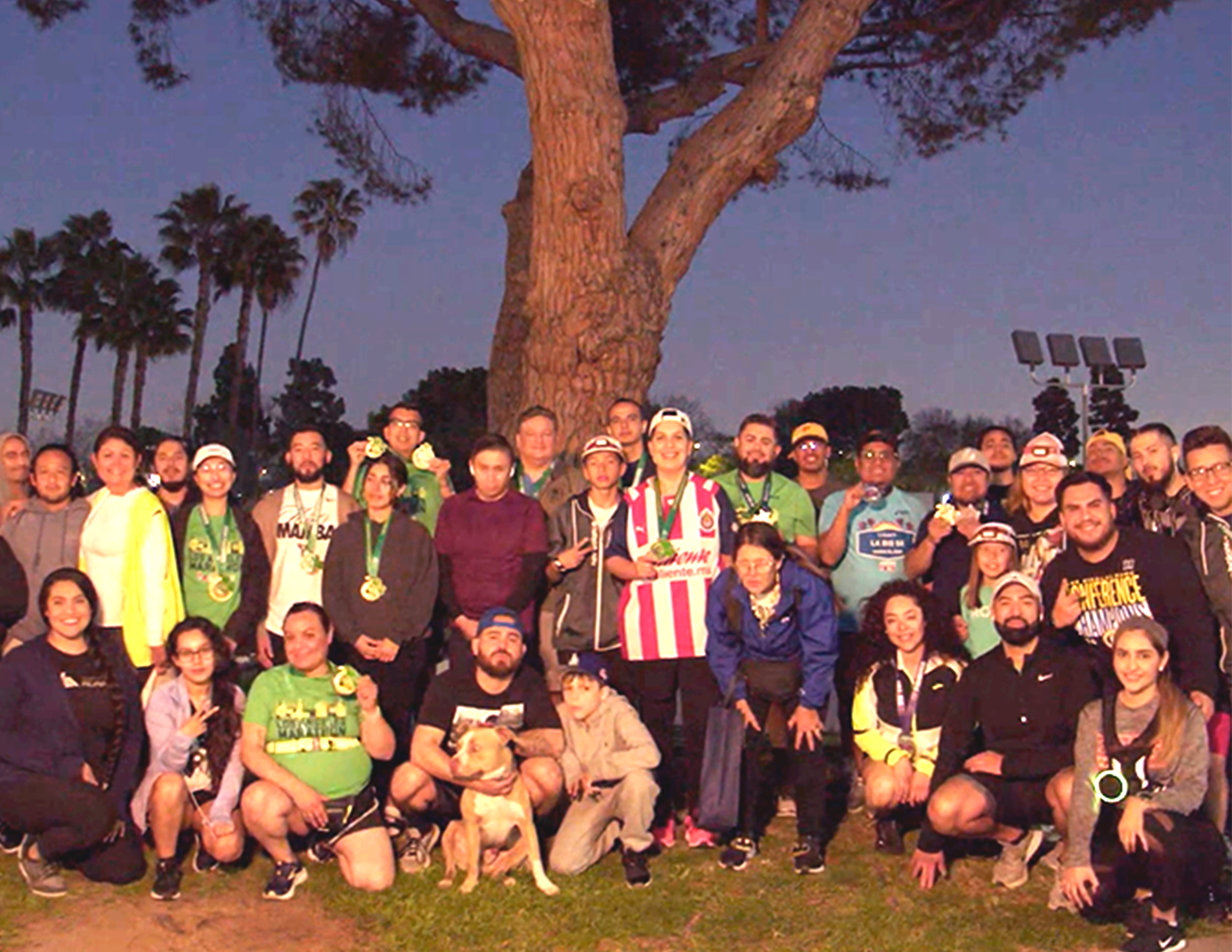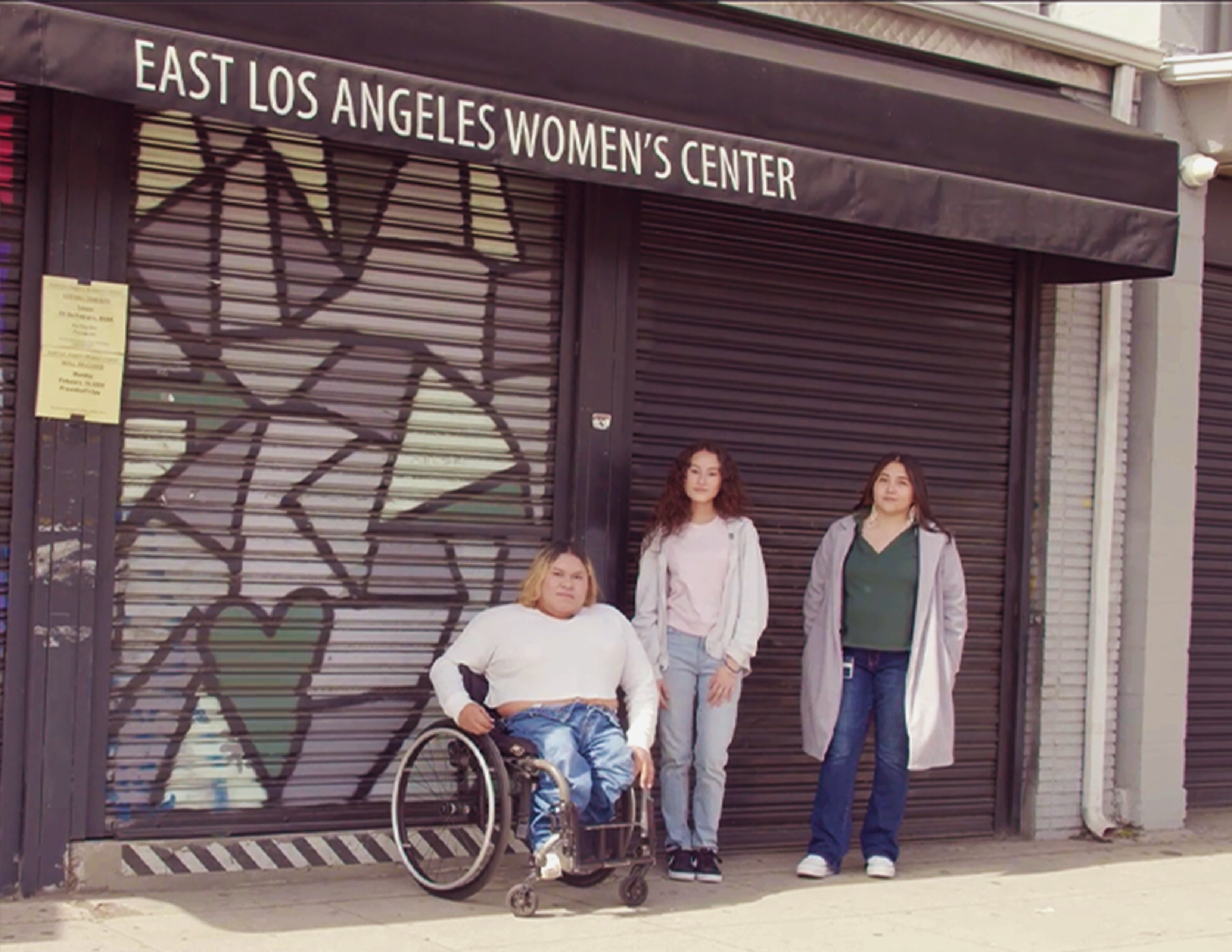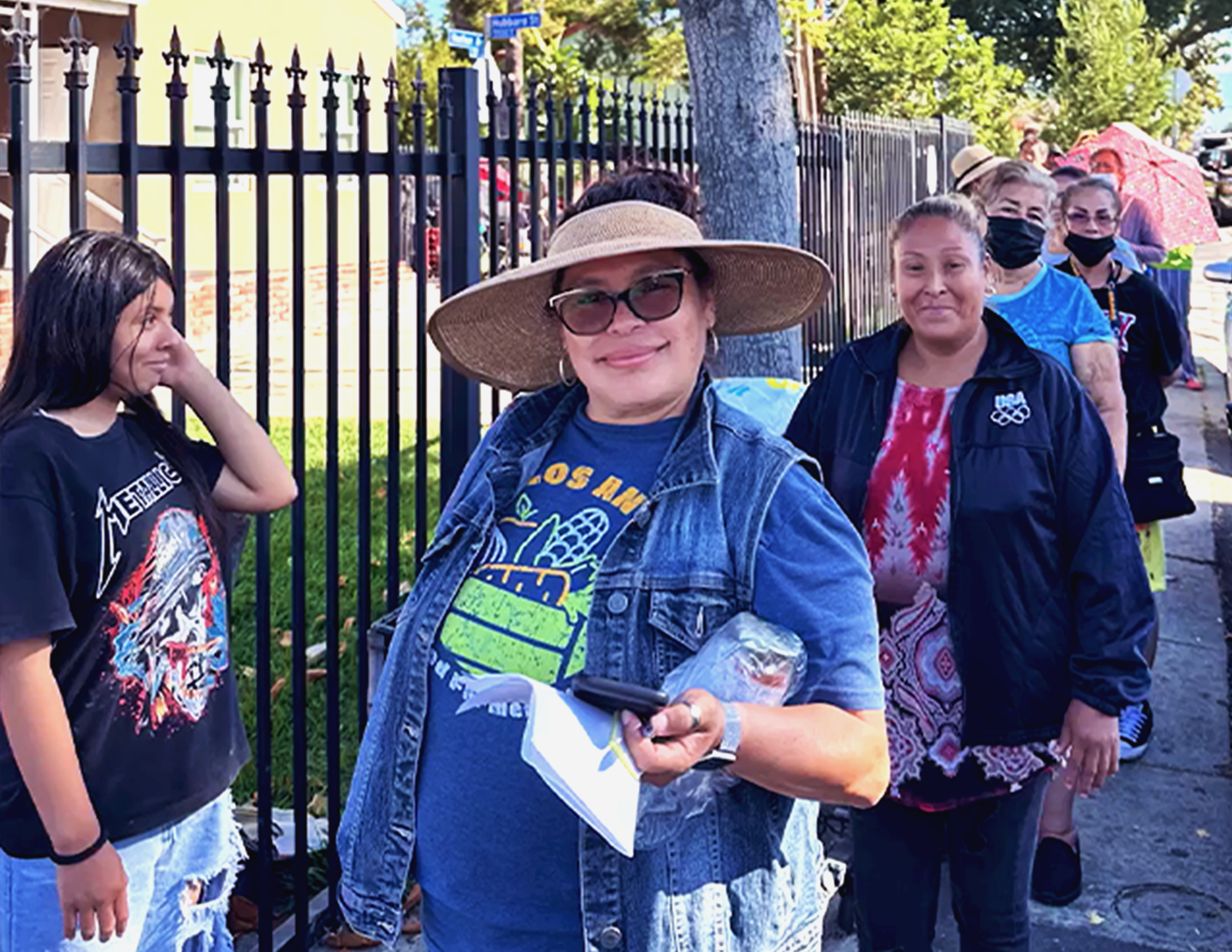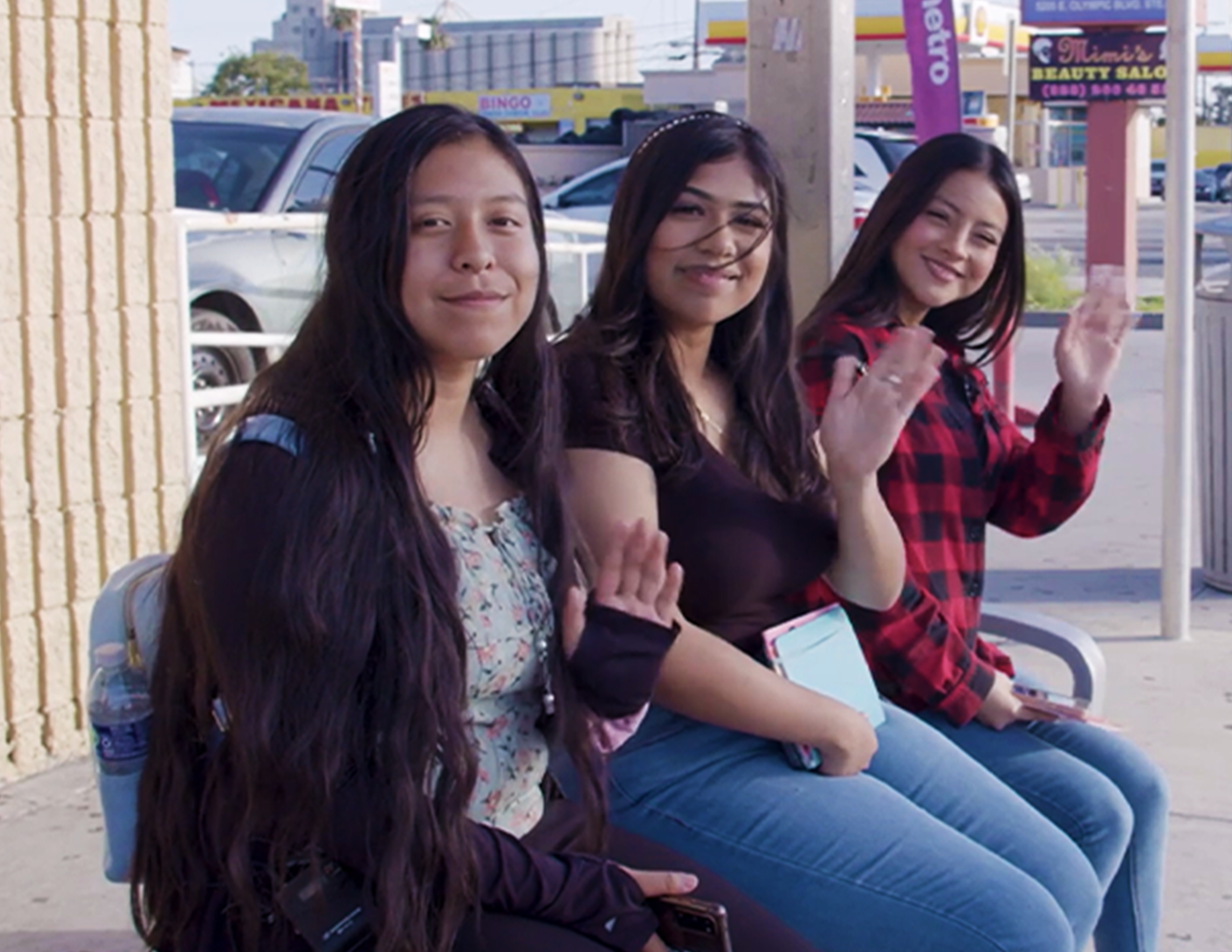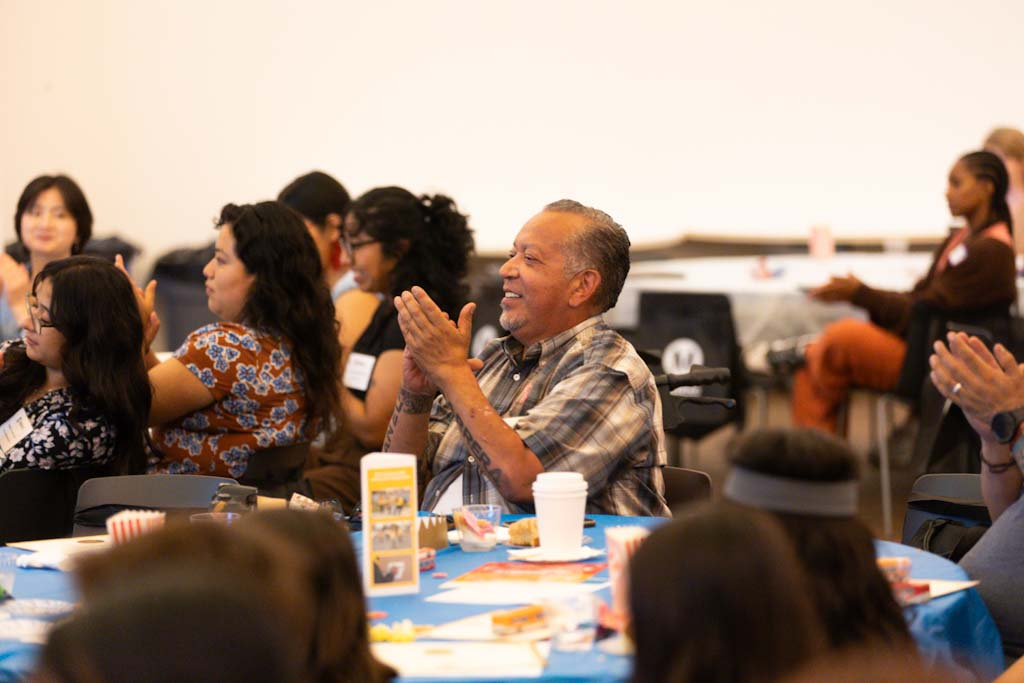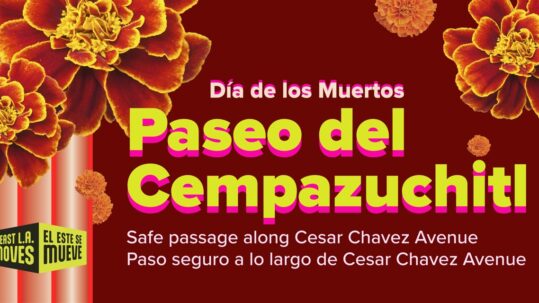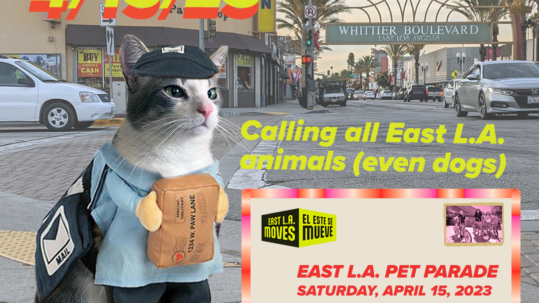PROJECT DESCRIPTION
Conventional urban planning and community engagement practices often unintentionally leave out those who are most directly affected by planning decisions. The young, the old, and people with disabilities are the most vulnerable to traffic violence. They are also groups who are not likely to show up at a conventional engagement pop-up or event.
In 2023, LA Metro asked Public Matters to join its community engagement efforts through these standard means. The engagements were to inform planning of the Eastside Transit Corridor Phase 2 First/Last Mile (FLM) and the two stations being built on Atlantic Boulevard in East LA—one at Pomona, the other at Whittier.
Public Matters declined.
Instead, it proposed an alternative strategy: work with five key East LA groups—runners, skaters, youth, seniors, women, and those with mobility impairments who would have failed to participate otherwise—to lead Community-led Video Tours to provide input on LA Metro’s expansion and future East LA stations. This would not only ensure participation of the groups in planning efforts, but more importantly, representation of their unique experiences traveling through the area. Public Matters also ensured that its specific planning and programmatic recommendations were highlighted and easy for LA Metro’s planners to find.
From September 2023 to March 2024, Public Matters, equipped with video and audio gear, followed, recorded, and interviewed these local experts as they walked, cycled, skated, or rolled, at times with their pets, through their neighborhood stomping ground. As they guided Public Matters through streets, stations, bus stops, businesses, parks, and more, they shared stories, insight, excitement, safety concerns, and a wishlist for improving their streets and making commutes safer and more enjoyable—particularly in anticipation of LA Metro’s future plans.
Public Matters created five video “tours” of the area, providing LA Metro with specific, actionable recommendations and an example of how meaningful and effective community engagement in their planning process can be achieved.
The insights and suggestions of these groups, who otherwise would have been excluded, are now featured in LA Metro’s plans. More so, the strategy has been lauded and promoted by LA Metro.

